The new Nissan Frontier is actually pretty old; the 2020 model is essentially the same truck as the 2005 model.
And that’s not a bad thing.
This truck is the only new truck you can buy that isn’t encumbered by any driver usurpation (styled “assistance”) tech. No Lane Keep Assist, Brake Assist or Drowsy Driver nag – with creepy facial recognition/eye movement tech.
Just a back-up camera and a seat belt buzzer. You can even turn the traction control off – really off – and spin the tires, if you want to. And when you need to.
There’s almost nothing new about the latest Frontier – including its rugged and simple leaf spring/solid-axle rear suspension. Except for one thing.
And it’s a good thing.
There’s a new 3.8 liter V6 engine under the hood that’s the most powerful standard engine under the hood of any currently available mid-sized truck. It has more than twice the horsepower of the four cylinder engine that came standard in last year’s Frontier – and almost 50 more horsepower than the 4.0 liter V6 that was optional (and extra cost) in last year’s Frontier.
The bad news is that Nissan won’t be making this Frontier for very long. Not even a full year.
A new Frontier – very likely saddled with all the “assists” Nissan can think of – is on deck for 2021.
So, hurry.
What It Is
The Frontier is a mid-sized truck and like its primary rivals – the Ford Ranger, Chevy Colorado and Toyota Tacoma – is offered in two cab styles (extended and crew) and with short (five foot) or long (six foot) beds.
Unlike them, it comes standard with a big V6 – which some of them (like the Ranger) don’t even offer as optional equipment.
Also unlike them, it doesn’t come with the “latest” saaaaaaaaaaaaaafety tech. Or even an LCD touchscreen, if you can imagine. 
Which is probably why it starts under $20,000 – making it the least expensive mid-size truck you can buy.
Or at least, it did.
When this review was written in early March, Nissan hadn’t finalized official pricing for the 2020 Frontier with the new V6, which will be available at dealers in about a month or so.
But the base price of the 2019 Frontier was $19,290.
The updated ’20 Frontier with the newly standard V6 will almost certainly cost more than the 2019 did – but the word is it’ll still cost less than rivals – especially when those rivals are equipped with their optional engines and come standard with all the very latest saaaaaaaaaaaaaaaaaaaaaaafety tech.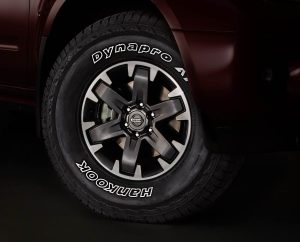
Expect a base S trim with 2WD (and the new V6) to sticker for around $25k, in the same ballpark as the Ranger ($24,410 to start with a turbo’d 2.3 liter, 270 hp four cylinder engine) and the Toyota Tacoma ($26,050 to start with a 2.7 liter, not turbo’d four cylinder engine that makes 159 horsepower).
Also expect the new Frontier to tout the highest standard tow rating – a title currently held by the Chevy Colorado with its optional (and very pricey) diesel engine. It’ll pull as much as $7,700 lbs.
But it’ll cost you $34,400.
The New Frontier will cost thousands less.
In addition to the new engine, the 2020 Frontier also comes standard with a new transmission – a nine-speed automatic.
In addition – or rather, subtraction – Nissan has thinned the trims for this final year of the old Frontier bodystyle. The (extended) King Cab version is available in base S and step-up SV trims only.
Crew cabs are still available with the PRO-4X off-road package, which includes M/S-rated tires, skid plates, HD shocks and increased ground clearance.
What’s Good
Strongest standard engine in the class.
Will probably cost you less than lesser-engined rivals.
Big V6 engine is probably a better long-term bet than a turbocharged four.
What’s Not So Good
Like all the trucks in this class, there’s no regular cab option.
No more manual transmission option.
No more under-$20k-to-start option.
The Frontier’s standard 3.8 liter V6 makes a class-best 310 horsepower, more power than is available in any other truck in the class.
You can get a 308 horsepower 3.6 liter V6 in the Chevy Colorado (and its GMC-badged twin, the Canyon) but it’s optional. The GM trucks come standard with a 2.5 liter four summoning all of . . . 200 horsepower. The other V6 that’s still available in this class is the Toyota Tacoma’s optional 3.5 liter V6, which makes 278 hp – also substantially less than the Nissan’s.
The Frontier’s V6 is also the largest standard engine in the class – which is arguably a good thing in a truck because larger engines make horsepower more easily – with less pressure – literally – than peaky turbo’d fours like the Ford Ranger’s standard (and only available) 2.3 liter engine.
It makes 270 hp – 40 shy of the Nissan’s big V6.
Which doesn’t need to be breathed on to make all that power and so will probably last longer. One thing’s for sure: You’ll never have to worry about replacing a turbo or intercooler – because the Frontier’s V6 hasn’t got either one.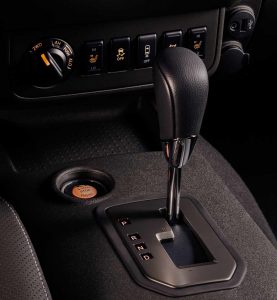
It is, however, direct-injected – which is becoming impossible to avoid in a new vehicle, chiefly because DI allows for a slight efficiency gain and also a slight emissions reduction – neither of them significant to the owner but very significant to a car company struggling to “achieve compliance” with federal ukase.
Mileage figures were not available when this review was written but should be significantly better than the horrendous 15 city, 21 highway posted by the 2019 Frontier with its optional and very old 4.0 liter (and just 261 horsepower) V6.
Nissan hasn’t published official maximum tow ratings yet but the off-the-record skinny is it’ll exceed the Chevy Canyon diesel’s 7,700 lb. maximum. If so, it’ll be very close to the max rating of the full-size Titan, which is rated to pull 9,370 lbs.
One roach in the burrito is the Frontier’s new nine-speed transmission – which isn’t a manual. Which you can no longer get.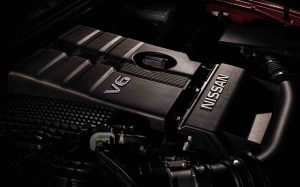
The nine-speed’s tighter gear spacing and multiple overdrive gears (7th 8th and 9th) cut revs at speed an increase MPGs but there’s no more changing gears yourself, which for some of us is a big part of the fun of owning a truck.
But the MPGs matter more to car companies – who must contend with federal mandatory MPG minimums. Automatics can be programmed to shift into overdrive sooner, to cut those revs – and increase those MPGs. The irony is that a properly shifted manual can be more efficient than the automatic but the variable is the driver.
Automatics take that variable out of the equation – and that’s why manuals are disappearing, even from trucks. You can’t buy any full-size truck with one – and it’s likely that within a year or to, you won’t be able to buy a mid-sized truck with one, either.
The Ford and GMC twins are already automatic-only and the only reason the Toyota Tacoma isn’t is because it’s old, too.
When it’s new – redesigned – bet your bippie it’ll be automatic-only as well.
On The Road
Some reviewers fault the Frontier for being “rougher” than newer-design trucks like the Ford Ranger, which have been designed to emulate cars to the extent that a truck can without sacrificing the capabilities that people buy trucks for.
Because it does not have a four-wheel-independent suspension, like a car. It still has a solid-axle rear suspension, hanging from a pair of leaf springs on either end. These may not absorb bumps as well as an IRS and there’s more reverb on the washboards but there is something to be said in favor of a truck that feels like one – and the Frontier still does.
It’s rugged, macho – and not trying to emulate a car.
It is also likely to never need more from you than a new pair of shocks once every 75,000 miles or so. A solid rear axle/leaf spring set-up will usually outlast the truck. The perches are more likely to rust out before anything goes wrong with the leafs – and the solid axle has no external moving parts at all. So nothing external to deal with, ever.
If you like that, this is the truck for you.
Also if you like grunt. The new V6 makes power – and torque – comparable to the V8s that full-size trucks came with not so very long ago. A 2000 Chevy Silverado’s optional 4.8 liter V8 only gave you 270 hp – and 285 ft.-lbs. of torque. The Nissan’s V6 makes more power – and virtually identical torque (281 ft.-lbs.) and it has to pull around about 500 lbs. less truck.
Result? The Frontier flies. Nissan hadn’t published official numbers, but my experienced seat-of-the-pants estimate is low sixes to 60 and you can burn the tread off the rear tires if you want to – which the old Frontier with the four was not only not very good at but couldn’t do at all.
The manual is missed, however – but Nissan has made the best lemonade it can out of the lemons handed it by Uncle.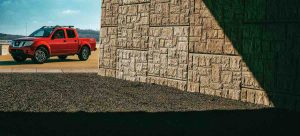
At The Curb
We’re told that the Frontier and others in this class are “compact” trucks but the fact is they’re all nearly as log overall as the full-size trucks of the ’90s – in part because none of them are offered in regular cab configuration.
The least-long version of the Frontier – the (extended) King cab version – extends 205.5 inches end to end. The Crew – with four full-size doors – runs to 219.4 inches. For perspective, a model year 2000 Chevy Silverado 1500 regular cab was only 203.3 inches long.
The upside to this additional length is more room. The Frontier has usable backs seats with 33.6 inches of legroom.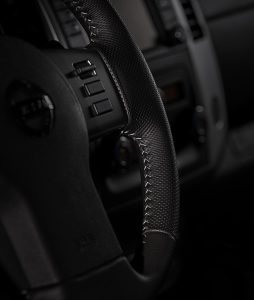
My 2002 Frontier – which is a compact-sized truck – has a set of useless fold-out jumpseats in the rear, with no legroom at all.
But that’s okay by me because I rarely need to carry people in the back – as opposed to cargo in the bed. The irony is my ’02 Frontier with a a six-foot bed can carry more cargo than a new crew cab Frontier with a five-foot bed, despite the new truck being a much bigger truck.
Apparently, there isn’t much market for regular cab pick-ups; they are becoming hard to find even among full-size pick-ups (the new Ram 1500 isn’t available in regular cab form). But one wonders whether this is what the market want to buy – or what the manufacturers want to sell. A basic regular cab work truck with a long bed isn’t the money maker that a crew cab with leather seats and rear-seat DVD entertainment is.
On the other hand, it’s also true that many people buy trucks because they can’t buy big cars anymore – and use them mostly to carry people rather than cargo. The vestigial bed being mainly for the dog and occasional mulch runs to Lowes.
The metrosexual car press is criticizing the ’20 Frontier for not having a big LCD touchscreen – and for having an “ancient” analog gauge cluster rather than something digital and configurable, which is the latest gimmick being used to make new vehicles seem futuristic when in fact it’s just a way to gyp the dull, who do not grok that a flatscreen panel is cheaper to plug into a car (or truck) than real/physical gauges and apt to go blank screen on you at some point.
At which point, nothing works.
With “ancient” analog gauges, the fuel or volts gauge might fail; the tach (or speedo) might stop working – but not likely all at once and fixing the one that stops working is apt to be simpler and cheaper than replacing a bricked digital cluster.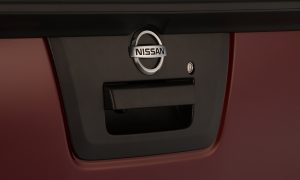
Nissan’s excellent Utili-track cargo-securing system is available; it uses adjustable/removable cleats that provide anchor points to suit almost any need. But even more useful – and standard – is the Frontier’s accessible bed. Which it is because the bed walls aren’t as high as the roofline – or almost that high – as they are in today’s Stupid-Sized full-size trucks.
Which have step-ladders and poles built into their tailgates, because that’s the only way to reach the bed.
The Frontier – and its rivals – are a way to get a full-sized truck like they used to make them. If only they made ’em available with a regular cab and an eight-foot bed.
And a manual transmission, too.
The Bottom Line
If you want to avoid the tech-nags and want more engine, the new Frontier is just the ticket.
Too bad it’s just for one year.
. . .
Got a question about cars, Libertarian politics – or anything else? Click on the “ask Eric” link and send ’em in!
If you like what you’ve found here please consider supporting EPautos.
We depend on you to keep the wheels turning!
Our donate button is here.
If you prefer not to use PayPal, our mailing address is:
EPautos
721 Hummingbird Lane SE
Copper Hill, VA 24079
PS: Get an EPautos magnet or sticker or coaster in return for a $20 or more one-time donation or a $10 or more monthly recurring donation. (Please be sure to tell us you want a magnet or sticker or coaster – and also, provide an address, so we know where to mail the thing!)
My latest eBook is also available for your favorite price – free! Click here. If that fails, email me at [email protected] and I will send you a copy directly!


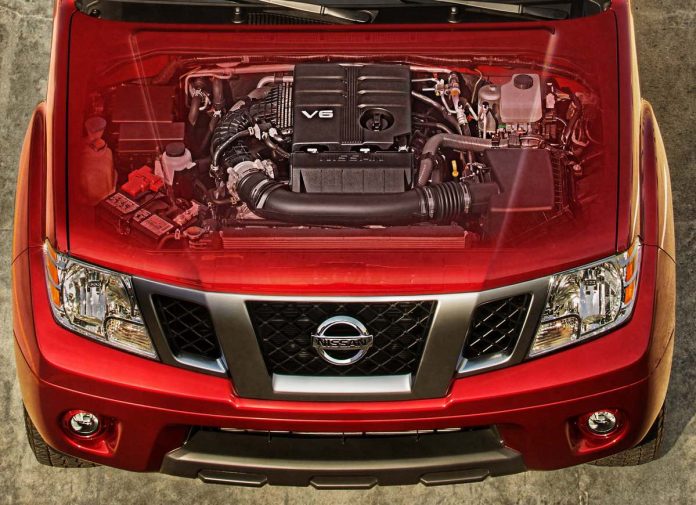

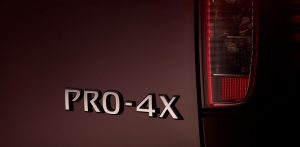

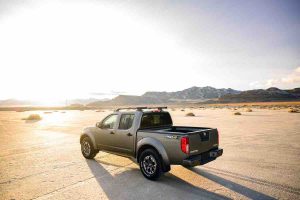
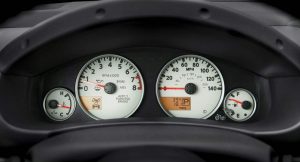







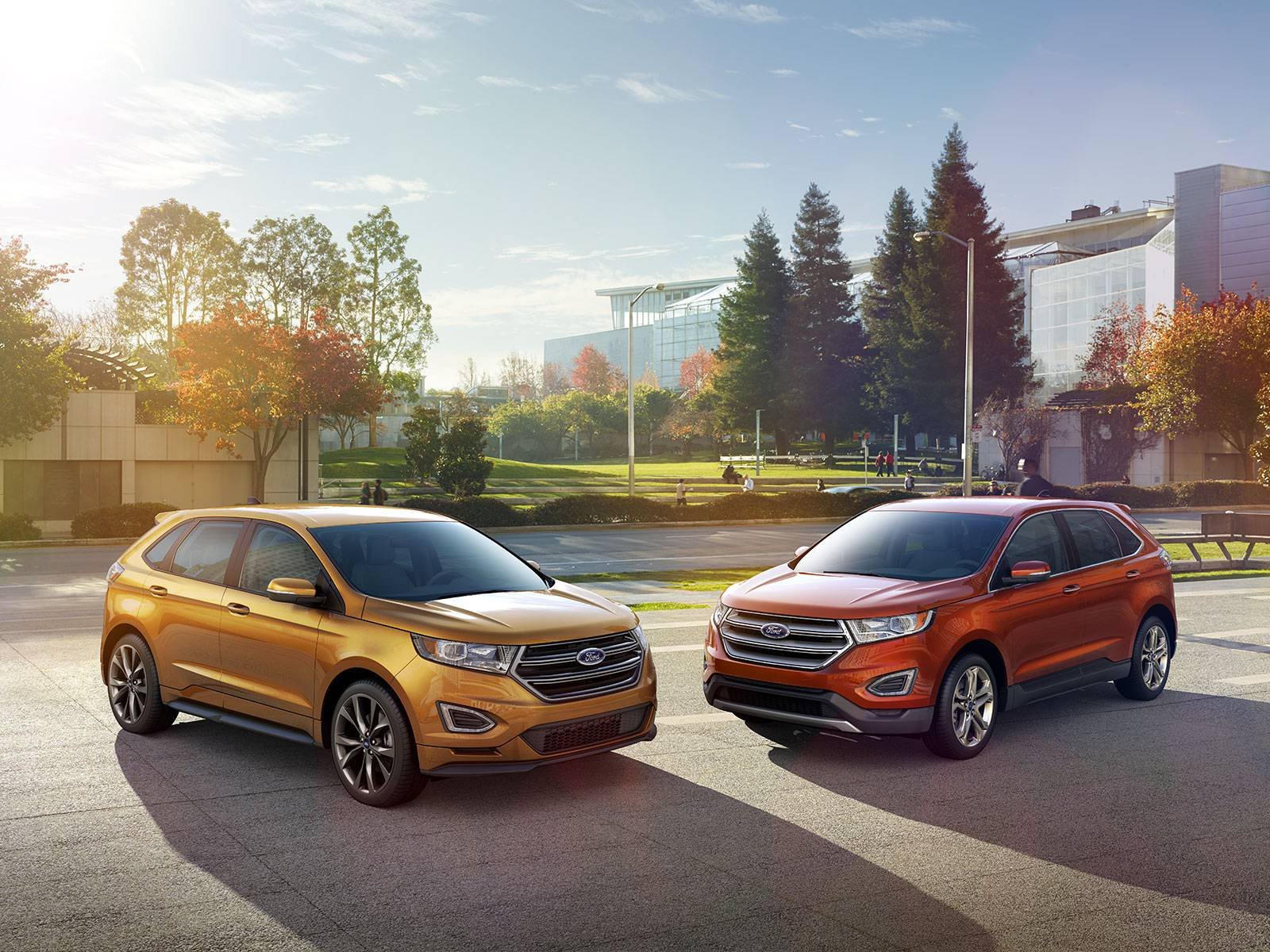
If there is no regular cab I have no interest , no soccer dad four doors for me .
That’s just it – if it’s NOT a regular cab eight foot bed, then I might as well buy some sort of “SUV” (I hate that term!) such as a 4Runner, Tahoe, Wrangler, etc.
A four door short bed pickup is just a damned inconvenient Suburban 🙁
The 9 speed transmission is probably a Jatco one I bet. Scotty Kilmer (love watching his YouTube videos) says they are piles of junk, and to stay a way from them. On the other hand, Nissan is so screwed to begin with financially, maybe they won’t be around much longer anyway. They certainly can’t compete with Toyota for sales in the mid-sized truck market (although nobody seems able to outsell the Tacoma at this point….).
Scotty Kilmer is as much entertainer as anything. Do you seriously think this 9 speed which is also mounted in a full size V8 powered 400 hp truck will not do just fine for longevity in a V6 powered truck?
As for the engine… nobody beats Nissan at making powerful and durable V6s. No one.
Life is too short to degrade its quality with a ridiculous 9-speed automatic transmission.
That’s about as useful as a 9-speed hair dryer.
No more new pickup trucks for me, ever. They’ve lost me as a customer.
I regularly drive on mountain roads, including a 4,000-foot descent in 30 miles.
Need manual downshifting capability to spare the brakes.
They’ll tear my old 5-speed manual Nissan Frontier out of my cold, dead hands.
Don’t need no automatic; don’t need no doctor.
WTF, a 3.8 V6 makes more HP than my 5.3 V8 LMG in the silverado!
Whats the engine code on this new one? Wonder if it can be swapped in to the old Vq40 models. With engine modifications and no off-road armor you can get 23 or so highway mpg with the AC off in the old engine. The old VK56de made 320 hp in a V8, this new v6 defeats the purpose of the vk swap now! insane! I bet it does fly, and if some kind of headers could be mated up to it…. man.
Almost makes me want to trade in the silverado, but the new transmission is unproven.
Surprised it’s worth the investment for Nissan for less than a model year.
The same powertrain will be in the new Frontier.
“…simpler and cheaper than replacing a bricked digital cluster” Oh hell YES! Those whizz-bang LCD screen readouts will fail if you keep the vehicle 10+ years, and when they do, there is no such thing as a “standard 10″ LCD screen” to plug in and go. Even if there were, NIssan probably does what VW and everyone else does, and requires a special secret password code only the dealer has to access the software in the instrument cluster (oh noes, you might roll back the odometer, we must lock you out from doing that at all costs!), and special Nissan service software running on Nissan service hardware (“Nissan CONSULT version number you-don’t-wanna-ask-what-it-costs”!). No more junkyard instrument clusters, plug-n-play.
It’s almost like buying a new vehicle from the golden age of autos and trucks, “without” paying for a costly restoration. The absence of all the digital gizmos and spyware is a big plus in my book.
Assuming the gearing and shift programming is decently sorted out, the 9 speed automatic wouldn’t bother me a bit….as long as it’s not a CVT. And who doesn’t like big motors?
If I were in the market for a “compact” truck, this, and the Tacoma are the only ones I’d consider.
So how long is the “long bed” ???
Maybe they should call it a “short bed” and a “really short bed” …
Would be great if any of these “mid-size” pickups would come in a single cab 8′ bed about the size of 1988-98 Chevy pickup.
Hi Anon,
Five foot short and six foot long…
Thanks. That’s ridiculous.
Well, I bought a 2016 K2500 HD with an eight foot bed that never has to be made 🙂
My 16 Frontier has a 4 speed transmission that you can put in 1st, 2nd, 3rd which is nice when you don’t want it to shift up. There is also a button that keeps it in 4th for city driving. It’s an ‘okay’ work truck. It appears the 20 takes that away with only drive. Nissan has built this for the wittle woman and shopping at the mall rather than work, say on a ranch or farm. A work truck rarely needs to do 60 in 6 seconds. The torque seems about the same as the 4.0. I guess the tow package is nice for mom and pops towing their RV. Of course they might be confined to their home if this WuFlu makes rounds every year.